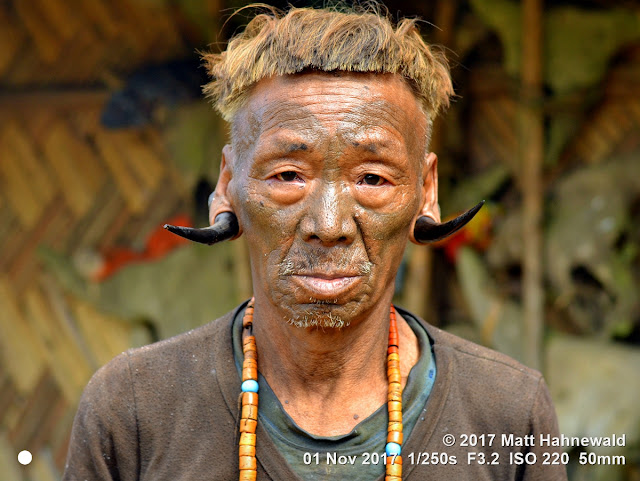The back portrait aka "back shot" adds an additional perspective to the conventional front portrait,
especially for street photography. The viewer of a front portrait looks at the
subject from the outside, from the subject's dissociated
point of view. The viewer of a back portrait looks at the world in
an associated
way, as if s/he is looking through the subject's eyes, into the subject's (...and the photographer's) visual world, and s/he is being seduced
to play with the boundaries between internal and external expression. The
vantage point from behind uncovers a long overlooked tradition of portraiture that
flirts with the power of identification and mystery…
As much as the front can give away a person’s identity and characteristics, a photograph of one’s back adds an element of mystery by prompting more questions than answers. When that happens, even the most inconspicuous detail becomes worthy of observation in deciphering identity, circumstance and action.
An image of a person from the back can be both puzzling
and fascinating as one doesn't see the emotions from their faces and one
can only assume what they are feeling, as the back portraits of this blog post do attest.
Last but not least, the (candid) back portrait is a simple and practical tool for composition. It helps to guide the viewer's eye to meaningful objects, buildings, landmarks in the background. The selected depth of field (e.g. f/3.5 vs. f/8.0) and the chosen focus point (the subject in the foreground or the object in the background) are interesting artistic decisions...
High-res portrait photographs with full exif data, precise geotags and technical details in Matt Hahnewald's











No comments:
Post a Comment